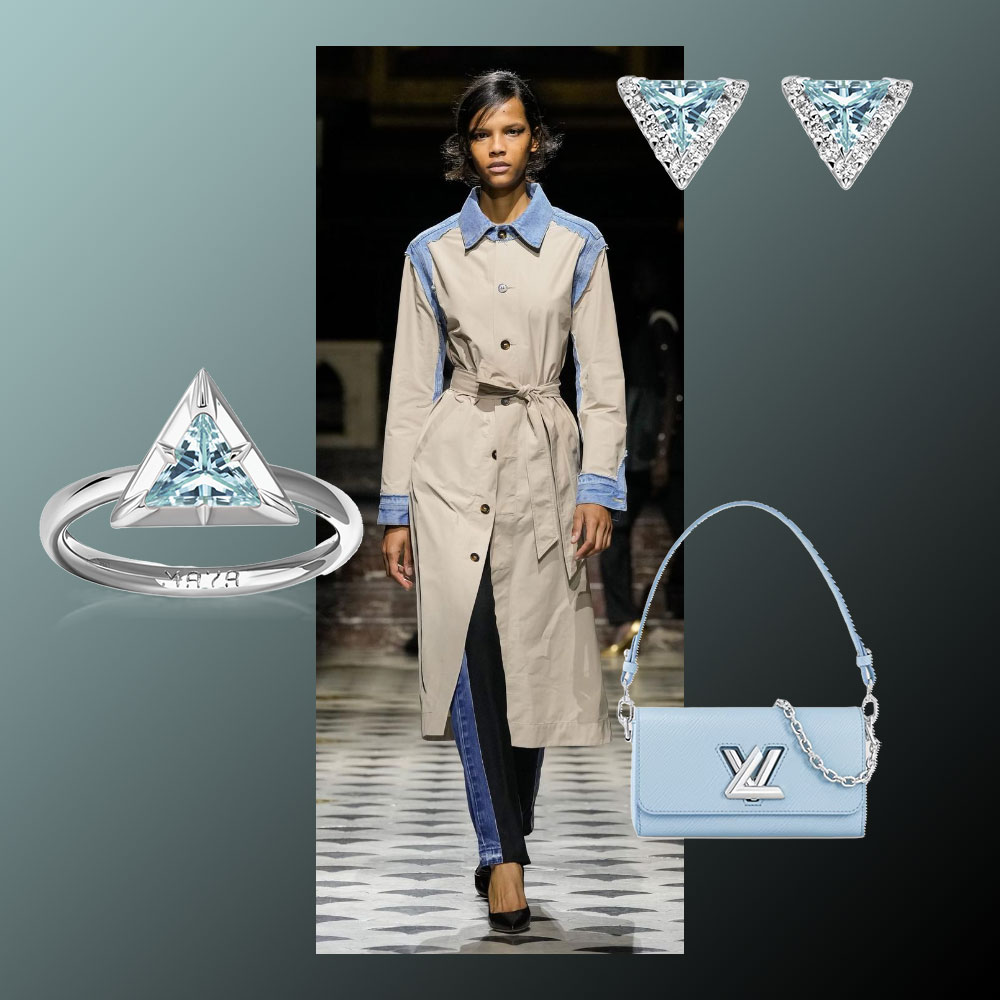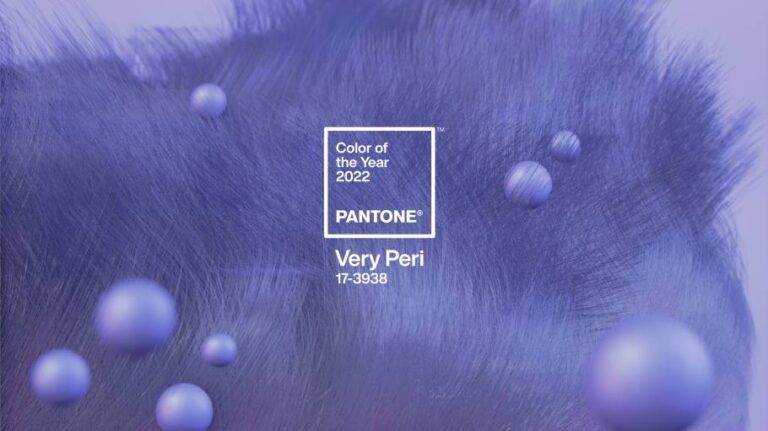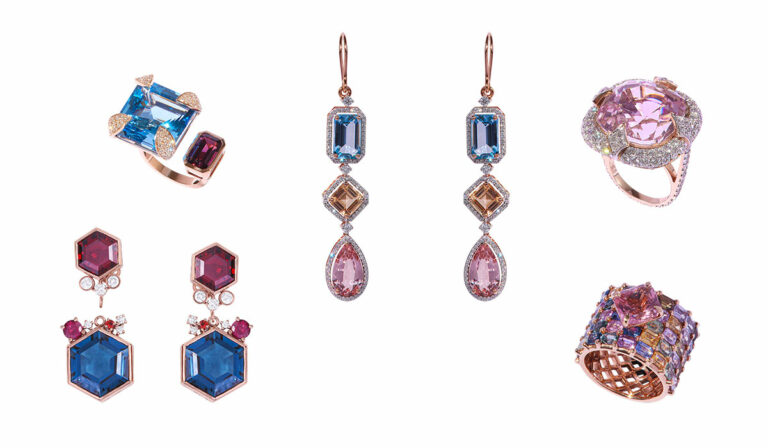Dive into the enchanting world of aquamarine, the birthstone of March and a timeless symbol of the 19th wedding anniversary. With its ethereal beauty, this captivating gem unfolds a narrative of crystalline splendor and calming hues of blue. Join me on a journey to explore the allure, geological origins, and symbolic significance of aquamarine—a gem that mirrors the tranquility and purity of marine waters.
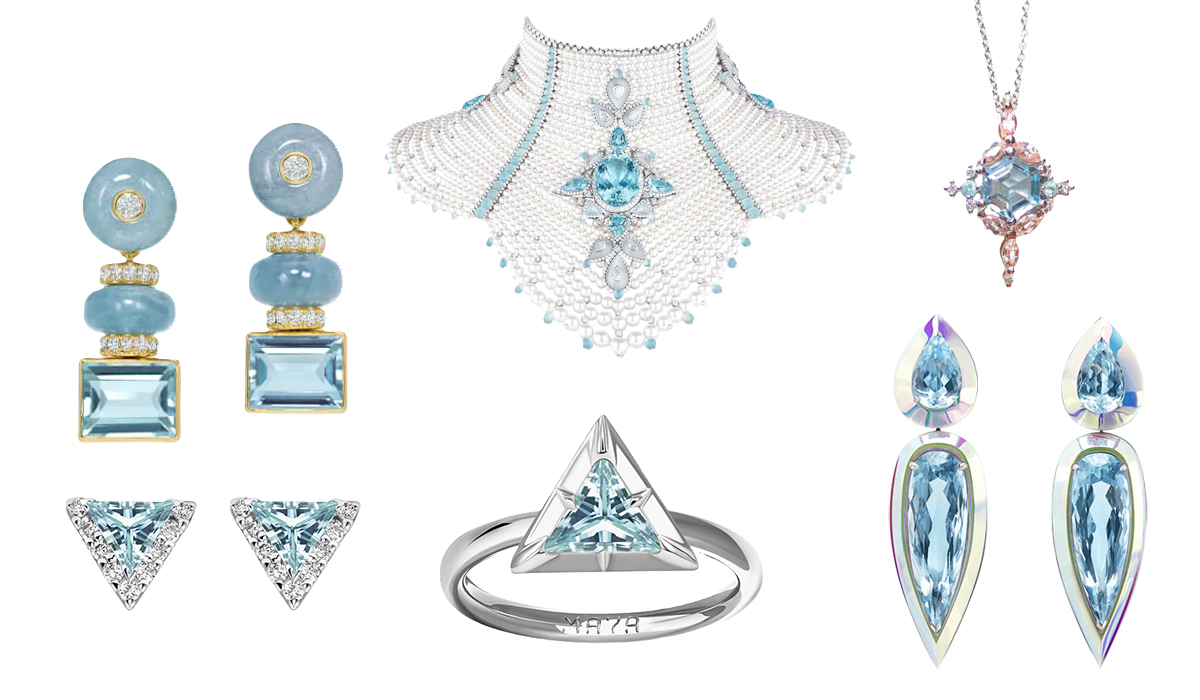
Aquamarine gets its name from the Latin “aqua marina,” meaning “sea water,” due to its color reminiscent of ocean hues. Geologically, aquamarine belongs to the beryl family, sharing its roots with stones like emerald and morganite. This precious stone forms in pegmatite deposits, where specific pressure and temperature conditions allow for beryl crystallization.
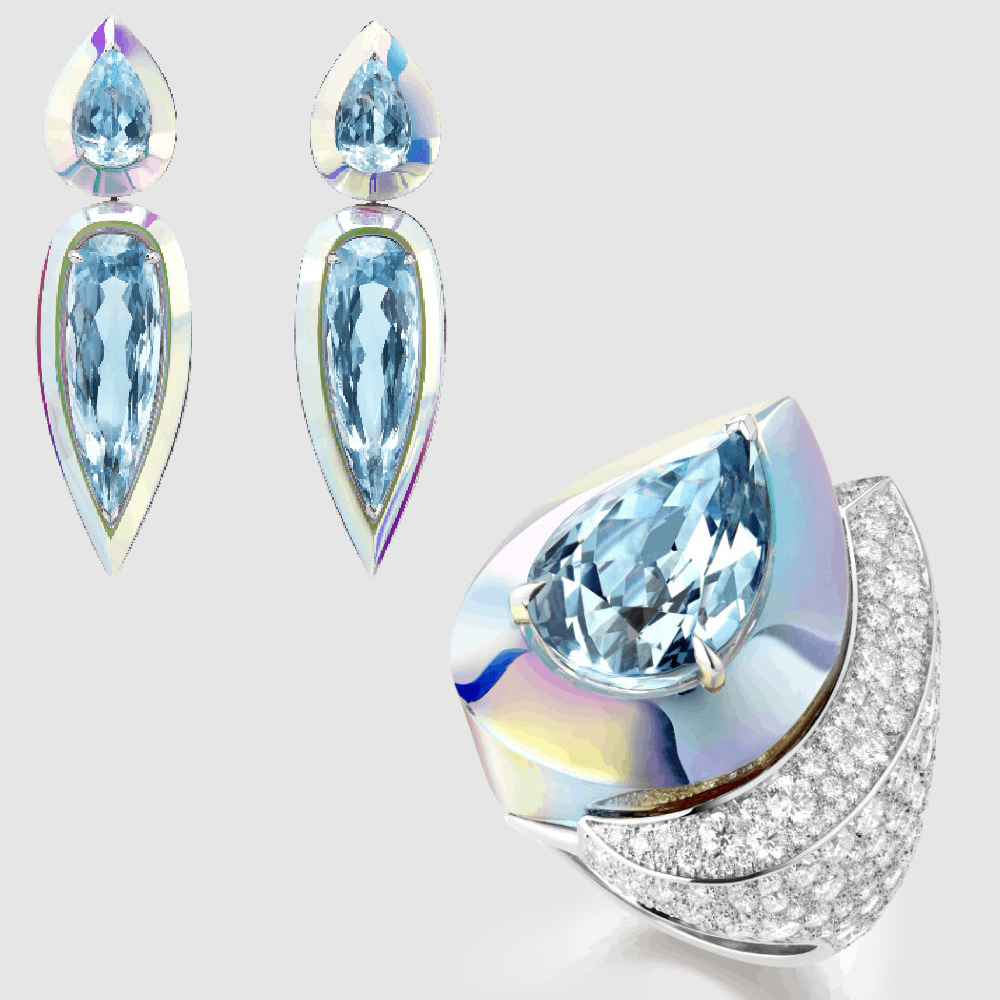
Brazil is one of the most significant sources of aquamarine. Notable deposits are found in regions such as Minas Gerais, Espirito Santo, and Bahia. Some exceptionally large and high-quality aquamarine crystals come from these Brazilian mines. Other aquamarine deposits are located in regions like Sri Lanka, Pakistan, Nigeria, and Mozambique.
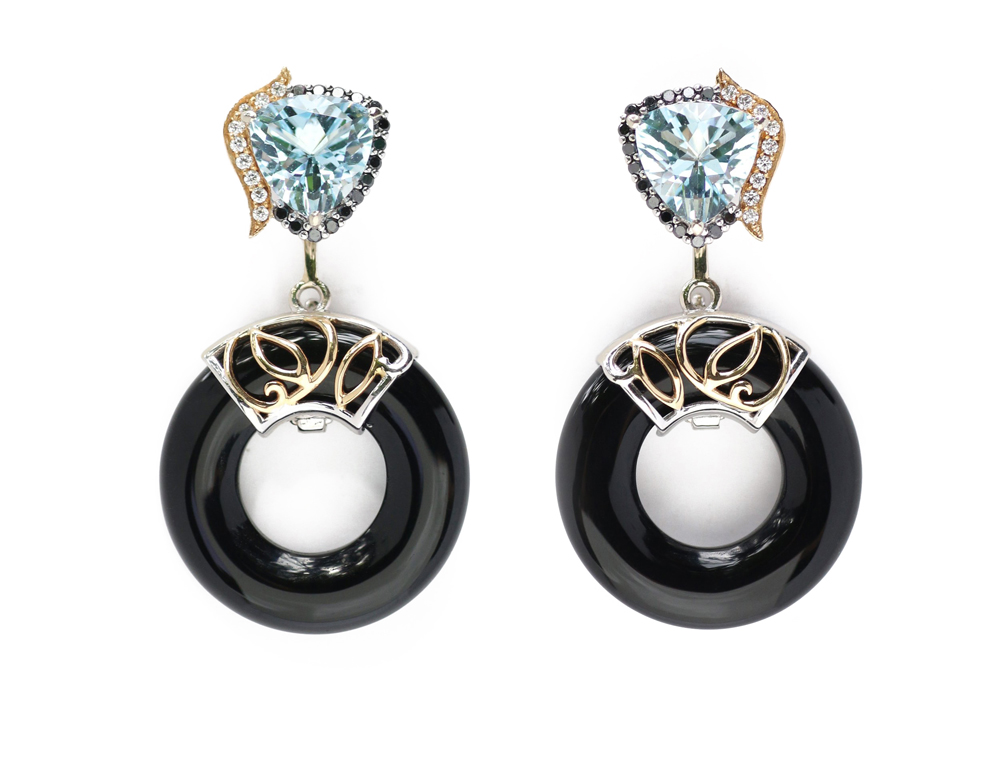
What immediately distinguishes aquamarine is its captivating range of blues. From pale blue to blue-green, this gemstone evokes the ever-changing shades of the ocean. The blue tones are often attributed to the presence of iron ions in the crystal structure. Some specimens display delicate pastel tones, while others boast more intense and profound hues. This color variety offers diversity that appeal to any lover of natural beauty.
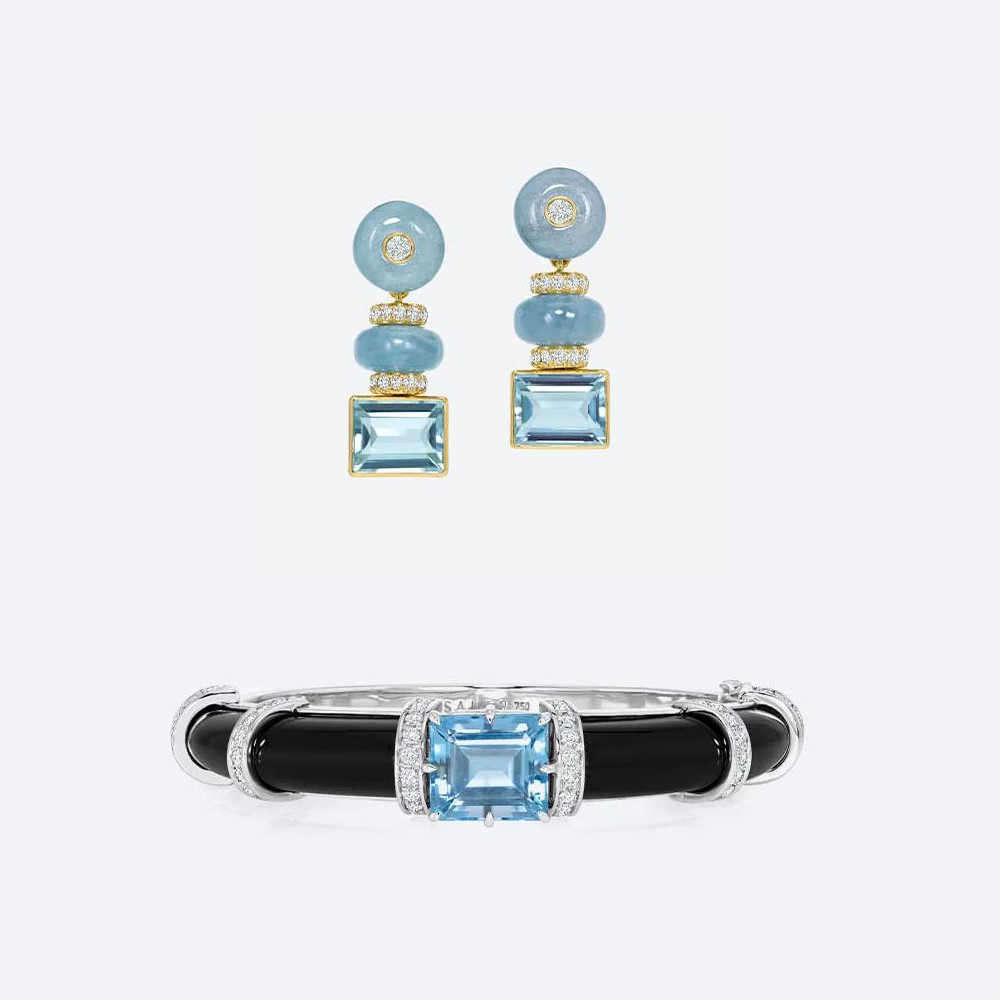
Throughout the centuries, aquamarine has been associated with various beliefs and symbolism. Ancient sailors believed that this gemstone protected against sea storms and ensured a safe journey. Beyond the maritime world, aquamarine was linked to purity and youth, often seen as a symbol of marital happiness. Nowadays, this stone is often connected to inner peace, mental clarity, and creativity.
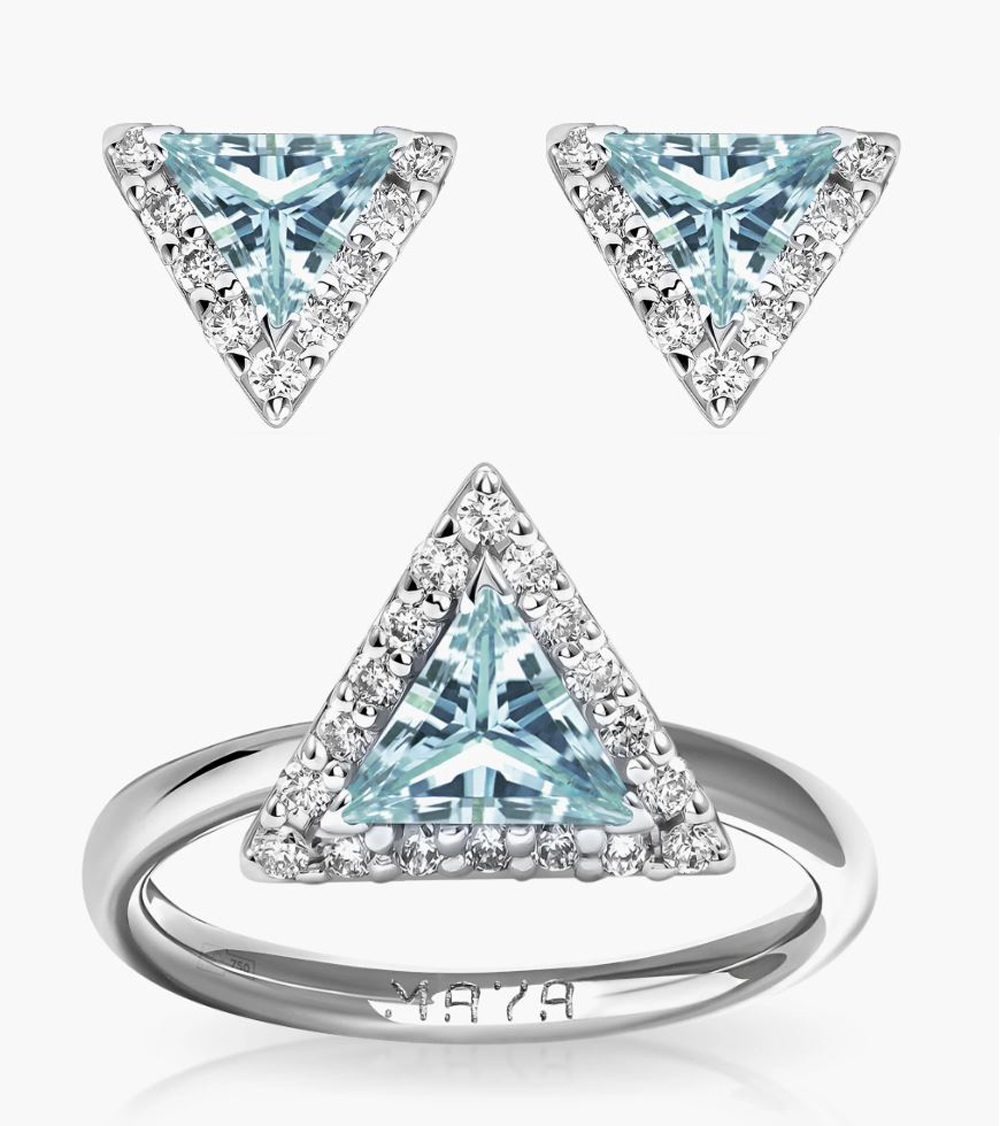
Aquamarine has conquered the world of modern jewelry due to its versatility and visual appeal. Its hardness (7.5-8 on the Mohs scale) makes it relatively durable, while its transparency and brilliance add to its aesthetic allure. It is often faceted to maximize its natural sparkle, and its hardness makes it ideal for incorporation into various types of jewelry, from rings to necklaces to earrings.
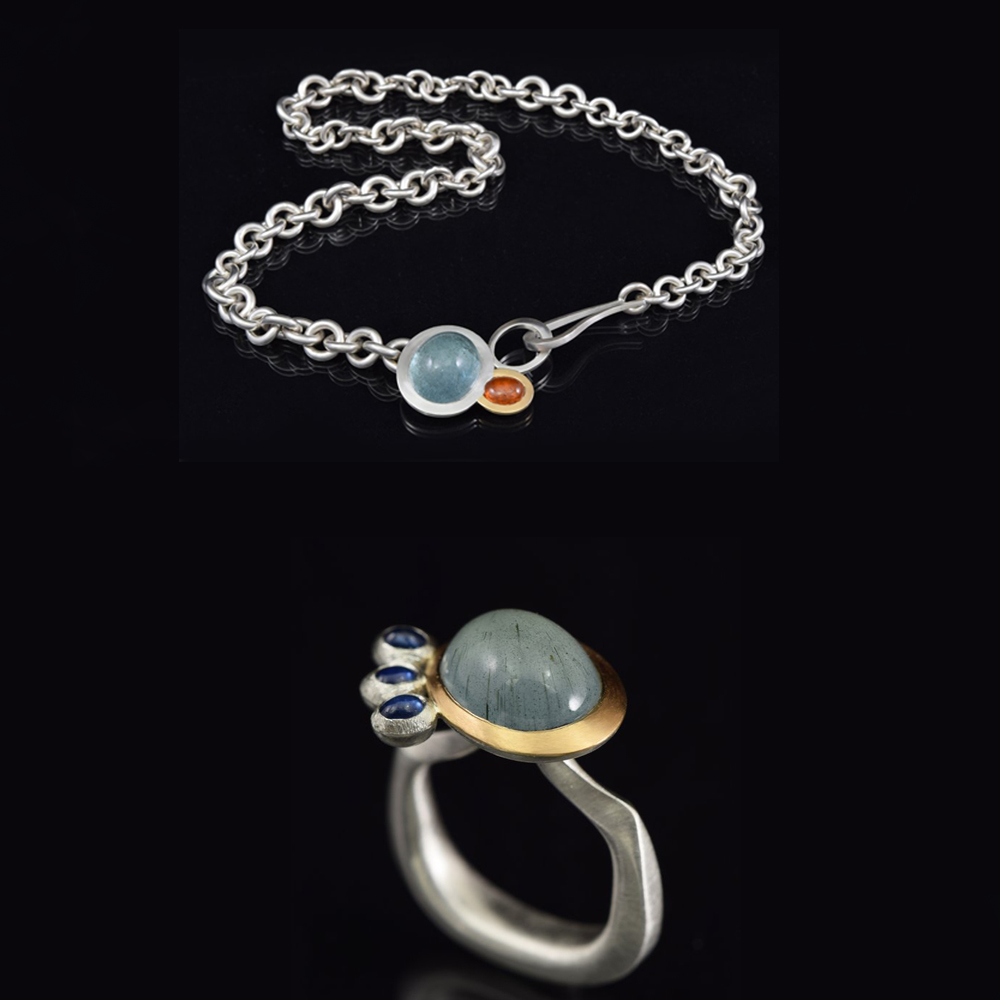
One of the largest and most famous aquamarine crystals is known as “Dom Pedro.” Discovered in Brazil in 1980, it weighs approximately 26 kilograms and measures over a meter long. Carved in 1992 by Berlin artist Bernd Munsteiner, Dom Pedro is an exceptional work of art now housed in the permanent collection of the Natural History Museum in Los Angeles.
I wish a happy birthday to those born in March. I hope my selection of shopping with aquamarine jewelry will inspire you for some gift ideas.
